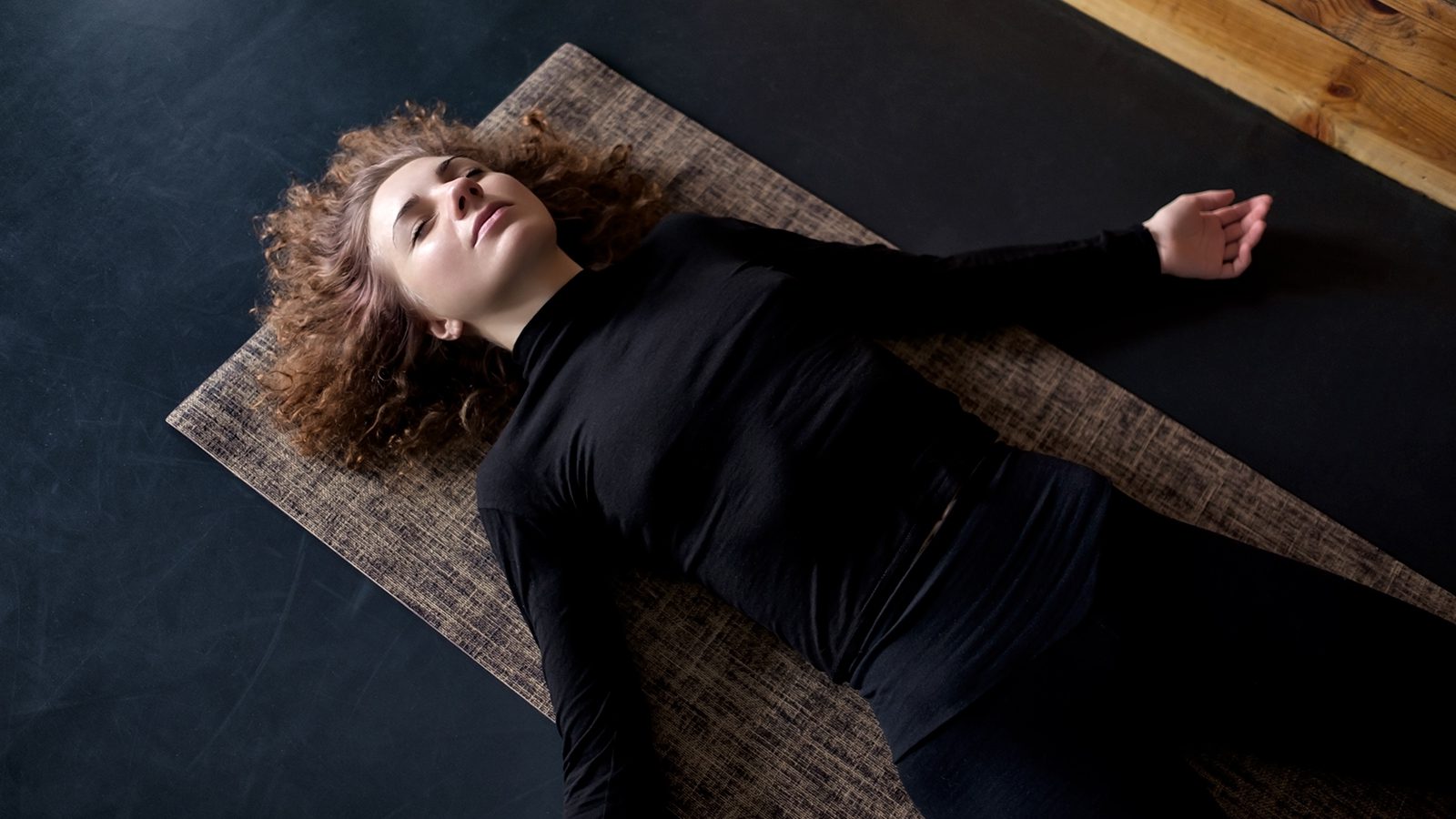
How to Do Progressive Muscle Relaxation in 12 Steps
Progressive muscle relaxation can help relieve stress and tension held in the body. We may not realize it, but we carry a lot of anxiety in our muscles. If we don’t relax to relieve the stress, it can cause various mental and physical health problems.
The root cause of so many modern diseases stems from toxic levels of chronic stress. We work too much and don’t make enough time for self-care, which keeps us running on empty. Everyone deserves to feel healthy and vibrant, and progressive muscle relaxation (PMR) can help achieve this goal.
Also known as Jacobsen’s relaxation technique, Dr. Edmund Jacobsen invented the stress-relieving method in the 1920s. He initially came up with the process to help patients reduce their anxiety. After testing the technique, he discovered that it also calmed the mind. The therapy involves tightening and relaxing different muscle groups in a sequence.
By tensing each muscle and then releasing it, you can recognize where you hold tension within the body. Becoming more aware of any discomfort helps you reconnect to yourself and soothe your mind. Research shows that relaxation techniques can offer the following benefits, to name a few:
Progressive muscle relaxation, in particular, can improve sleep quality in people with insomnia. One study found that participants who practiced the technique before sleep felt more rested the following day.
Another 2020 study found that PMR positively impacted eighty burn patients. They exhibited high anxiety levels and disrupted sleep because of their physical and mental stress. Researchers told the patients to practice PMR for twenty to thirty minutes daily for three consecutive days. After three days, researchers found that the patients had significantly lower anxiety and improved sleep quality.
Below, we’ll take you through the step-by-step process so you can reap the benefits of progressive muscle relaxation. Note that this will involve your whole body, beginning with your toes and ending with your head.
Hopefully, this relaxation technique helps relax your body and improve your overall health. You can also try other stress relievers such as meditation, yoga, Tai chi, or a warm bath. Whatever brings relaxation to your body, mind, and soul, please do it as much as possible. You deserve it!
Studies prove that a self-care therapy called progressive muscle relaxation can reduce anxiety and tension. The technique calms the nervous system as you tense and release the muscles, relieving any pent-up emotions. We hold trauma in our bodily tissues, but performing relaxation exercises can help us process these events.
Modern life sometimes seems impossible to manage, but we can regain our power with this simple therapy. Remember that self-care isn’t selfish; it’s a necessary part of being human on this planet. Indulge as much as your schedule permits so you can feel your best!
Related Articles